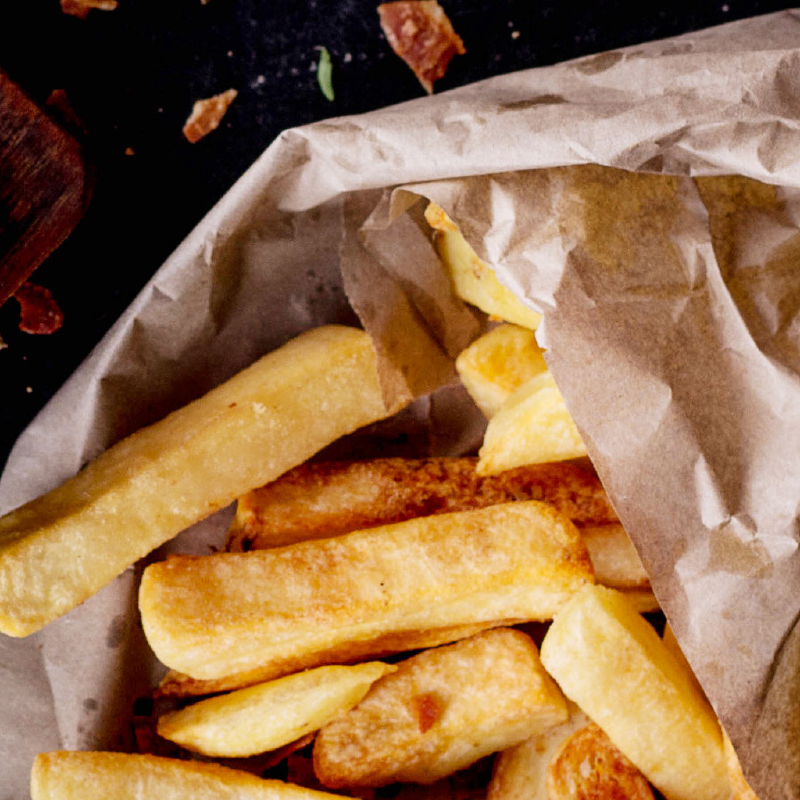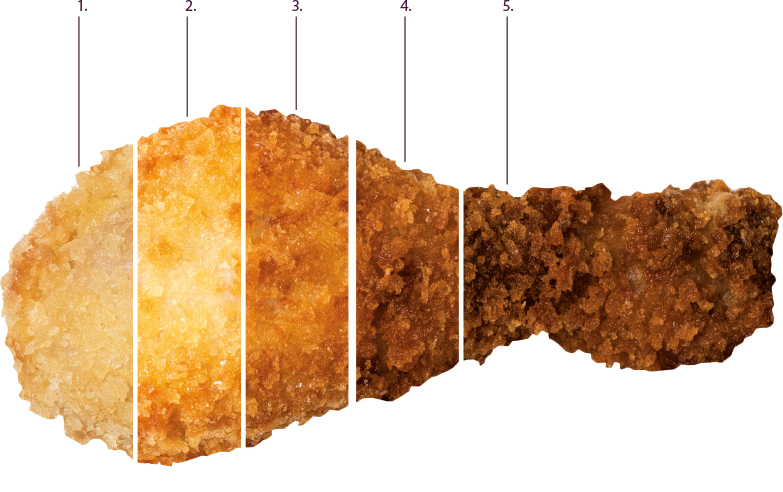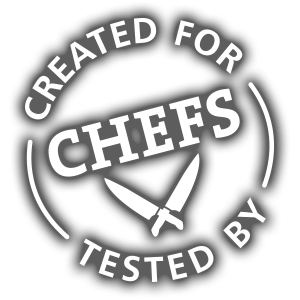
Fill baskets only half full:
filling the basket completely will result in greasy, soggy food. Do not exceed manufacturer’s minmum recommended load; 1:10 (1liter of frying oil: 100g of fried food). Load baskets away from the fryer.
Skim frequently:
For best results, skim off floating food particles as frequently as possible.
Allow foods to drain:
When lifting fryer baskets out of the oil, allow food to drain before emptying!
Keep the fryer filled:
Frying oil should be kept at the fill line marked on the inside of the fryer.
Filter frequently:
Click here for a complete description.
Season away from fryer:
Salt and seasoning contain small quantities of natural metallic contaminants. When introduced into the oil, they speed up the rate of oil “breakdown”, which causes foaming, dark colour and off flavours.
The golden rules of frying
- Quality oils produce quality fried foods.
- Good frying practices produce good quality fried foods.
- Buying quality oil is as important as buying quality food. Remember, the oil is both a cooking medium and an ingredient.
Good frying oil will enhance the qualities of properly prepared foods.
Frozen food:
It is always best to follow the manufacturer’s directions as precisely as possible when preparing frozen foods. Most frozen foods today are processed so they may be taken directly from the freezer to the fryer without thawing. Care should be exercised when purchasing frozen foods to ensure that they have not been exposed to partial thawing and refreezing. Thawing and refreezing causes frozen foods to lose some of their natural juices, and will also allow more of these juices to be lost in the fryer. This additional moisture will speed up oil breakdown. Moreover, never refreeze thawed foods as this can be detrimental to your health.
Meats, seafood:
Whenever possible, trim excess fatty tissues. Reducing the amount of these unprocessed, unstable fats, which render out during frying, will help increase the performance of your oil.
Breaded foods:
Frozen foods are usually pre-breaded, but if you prepare your own breading, remove excess breading before frying. This will reduce the amount of contamination in the fryer. The flour in breading, when heated at high temperature over a longer period of time, will burn. As an unwanted result, the oil and the finished food will have a sharp, bitter, unpleasant, and burnt flavour. Very fine flour particles blacken easily, darken the oil, and are difficult to remove during filtration.
Excessive moisture:
Too much water can result in inferior fried food with high oil absorption and poor texture. The moisture should be drained or wiped off from these foods by placing them on a wire rack or blotting them before frying.
- The colour of your oil alone is not an indicator of when the oil needs to be changed. Use the fried food comparison chart as an indicator. It is the food quality that should determine when the oil needs to be changed.
- When food reaches range (D) or darker, perform a test to insure the usability of frying oil.
- Check for excess smoking of the oil.
- Change the oil when both the test results and this visual guide fulfil the management criteria of oil change

- The food is very light in colour, looks unappealing, and may be undercooked.
- The food is light in colour. Although probably cooked thoroughly, the food is not as appealing as it could be.
- The food is golden brown and delicious, perfect for serving.
- The food looks darker as it should, and may also be retaining the flavour of other fried foods. Time to check and consider the oil change.
- The food is too dark and looks unappealing. A flavour transfer is occurring. It’s definitely time to change the oil.
Do select an oil of highest quality such as Bunge Pro high oleic sunflower oil.
Do select the proper equipment in accordance with the fried food volume.
Do calibrate the thermostat.
Do check oil temperature daily with a calibrated thermometer.
Do fry at the lowest temperature possible.
Do turn fryer temperature down when the fryer is not in use.
Do cover the fryer after turning off and after the oil has cooled.
Do choose the right oil for your operation.
Do drain/blot wet foods before frying.
Do shake off/remove loose breading before frying.
Do filter the oil at least once a day.
Do filter the oil at the lowest temperature possible.
Do skim the oil frequently.
Do maintain the proper oil level.
Do thoroughly wash and rinse the fry kettle when totally replacing the oil.
Do scrub the fryer with a non-abrasive pad.
Do store the oil at room temperature.
Do keep the hood and exhaust system clean.
Do wear protective gear as handling hot oil can be dangerous.
Do not stir, agitate or aerate the oil unnecessarily.
Do not contaminate the oil with sprays, polishes, cleaners, insecticides, and plastic.
Do not use salt or seasoning over or near the fryer.
Do not load baskets over fryer.
Do not over-fill fry baskets with food.
Do not allow copper or copper alloys (bronze/brass) to contact the fryer.
Do not overheat the oil – especially when loading the fry kettle.
Do not scratch or scrape the fry kettle surface by using souring pads or wire brushes.
Do not use rusty/worn kettles.
Do not fill disposed oil back into kettle.
Do not add/mix bad oil to good oil.
Do not dispose the oil without a reason.
Do not pour or drain oil from too big distance as this will cause oxidation.
Do not allow frozen foods to thaw before placing into the fryer.
Do not fry at temperatures over 180°C.




